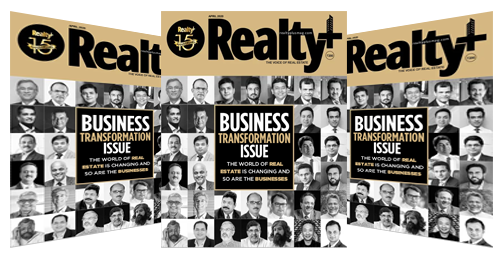Rapid urbanisation, rising industrial investments and expanding commercial spaces will help the organised domestic security and facility management services sector clock 10-12 per cent revenue growth next fiscal. This follows a strong compound annual growth rate of 13 per cent over the four fiscals through March 2025.
As revenues increase, operating profitability will remain stable at ~5 per cent, driven by cost control and operating efficiencies, despite challenges related to rising labour costs, high attrition rates and workforce shortages. Higher cash flows and moderate dependence on working capital debt will stabilise credit profiles.
According to the Crisil Ratings, an analysis of 35 entities accounting for about a fifth of the organised segment's Rs 1.15 lakh crore revenue for fiscal 2024 indicates as much. A surge in new office buildings, malls, hotels and residential complexes and the consequent focus on safety and hygiene have accelerated demand for security and facility management services, as have increasing return-to-office mandates.
Similarly, steady industrial capital expenditure (capex), particularly in manufacturing, and growth in warehousing, as well as government spending on railways, airports and metro networks, are creating a need for specialised facility management services which will provide tailwinds for the organised security and facility management services sector.
Himank Sharma, Director, Crisil Ratings, said, "Growing need for integrated support services and compliance standards will help organised facility management provider's revenues grow at 10-12 per cent next fiscal year. Also, the rising adoption of technology, such as surveillance systems integrated with artificial intelligence, remote monitoring, and automated cleaning technologies, is allowing entities to increase service offerings and cater to a broader customer base."
While technological adoption is a growth driver, the rise of automation and smart buildings could reduce reliance on traditional manned services. Companies adopting technology enhance operating efficiencies by optimising shifts and scheduling, ensuring efficient resource utilisation.
Such operating efficiencies will absorb high recruitment and training expenses, increasing labour costs and high employee attrition. Additionally, labour law reforms and skill development initiatives by the government can address workforce shortages, which remain a major challenge. With a focus on workforce retention, better operational efficiency and improving technology adoption, the operating margin will remain ~ 5 per cent over the medium term (chart 1 in annexure).
Steady profitability on an increased revenue base, leading to strong cash flows, comes in handy for this highly working capital-intensive industry. The players operate with average debtors of more than 2 months but have limited ability to stretch their salary payouts or vendor payments, thereby leading to a working capital gap.
Ankita Gupta, Associate Director, Crisil Ratings, said, "For the Crisil-rated players, operating cash flows will fund 70-75 per cent of such incremental working capital requirements in the coming fiscal, from 50 per cent earlier, thereby controlling the reliance on external debt. Moreover, the companies will maintain a cash buffer 1 of 1-1.5 months to safeguard against delayed collections. Hence, overall gearing levels will remain well below 1 time over the medium term, thus supporting their credit profiles." Any significant uptick in employee attrition or faster technological adoptions and their impact on operations and profitability will be monitorable for the sector.













